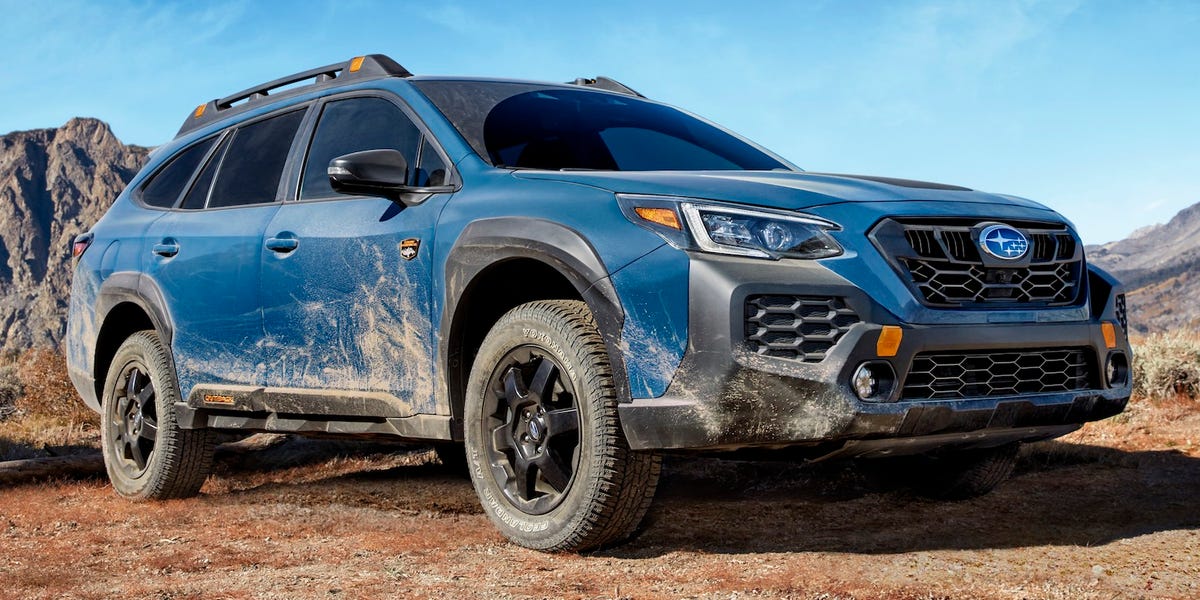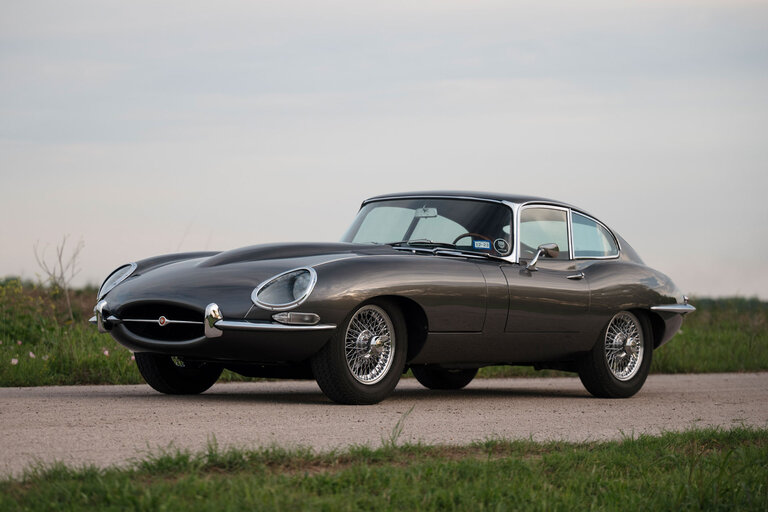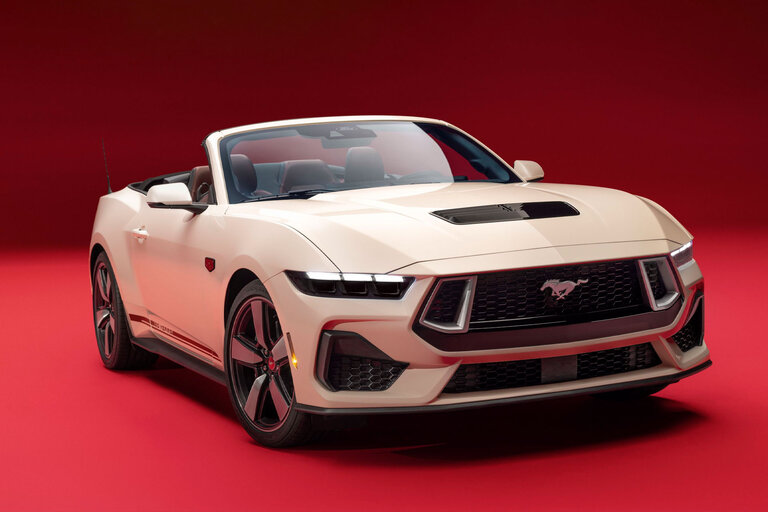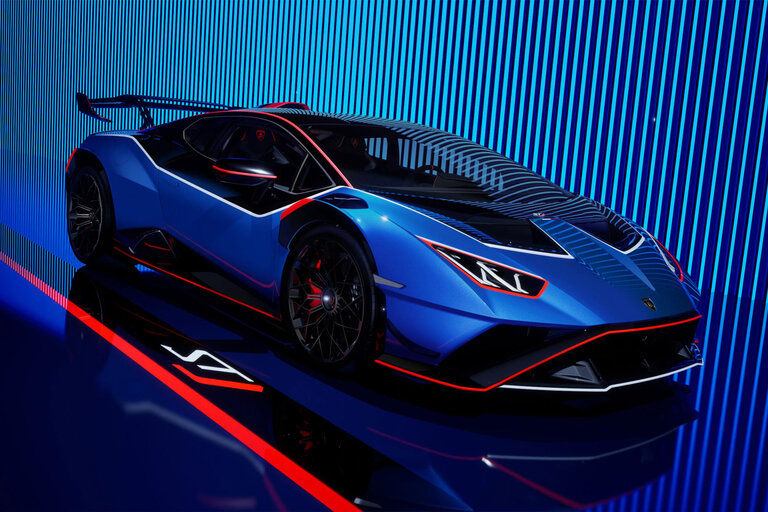
Overview
Three decades ago, Subaru took the traditional family station wagon and jacked up its suspension to create the almost SUV-like Outback, and the formula has proven especially popular. And why wouldn’t it, given the car market’s current and unrelenting obsession with trucks and crossovers? The Outback delivers SUV-like styling with a car-like ride and a ton of cargo space. A four-cylinder engine is standard but if you need extra power there’s an optional turbocharged four with 260 horsepower. All Outbacks come with all-wheel drive and both engines send their power through a continuously variable automatic transmission. Cabin environs are handsome, especially in higher trims, but if you’re seeking outright luxury you might want to check out rivals such as the Audi A4 Allroad and the Volvo V60 Cross Country. Even so, we think it’s likely that some buyers looking at luxury-branded competitors will be won over by the Outback’s value-oriented price tag and more practical packaging.
What’s New for 2024?
The most rugged-looking version of Subaru’s rugged-looking station wagon—the Wilderness trim—receives a minor update to its grille and front bumper for the 2024 model year that make it look even more ready to hit the dirt. Otherwise, the Outback carries over to the new year unchanged.
Pricing and Which One to Buy
Base
$30,190
$32,490
Limited
$37,090
Onyx Edition
$37,400
Onyx Edition XT
$40,655
Wilderness
$41,255
Touring
$41,640
Touring XT
$44,090
The Premium model has the best set of standard and optional features for the price. While it’s only available with the standard 182-hp four-cylinder, we think upgrading to a higher-end trim to unlock the turbo’s improved acceleration and the 800 pounds of extra towing capacity isn’t worth the money. The Outback Premium comes standard with an 11.6-inch touchscreen, a 4G LTE mobile hotspot, heated front seats, a power-adjustable driver’s seat, more USB ports, and options that aren’t offered on the base model. Among those, we’d opt for the more affordable package that adds blind-spot monitoring, a hands-free power liftgate, and passive entry with push-button start.
Engine, Transmission, and Performance
The Outback lineup features a pair of flat-four-cylinder engines: a 182-hp 2.5-liter is standard and a 260-hp turbocharged 2.4-liter is optional. Both mate to a continuously variable automatic transmission (CVT) that mimics an eight-speed gearbox to mitigate annoying engine drone. Of course, all Outbacks have standard all-wheel drive, which is a Subaru staple (except for the rear-drive BRZ sports coupe). The Outback we tested with the standard engine delivered unremarkable acceleration and lazy transmission behavior. While the turbocharged version was considerably quicker, it was plagued by the same recalcitrant transmission. Still, most Outback owners are more concerned with ride quality and the car’s ability to handle light off-road driving. With 8.7 inches of ground clearance and all-wheel drive, the wagon is easily able to navigate inclement weather and even muddy, rutted roads; for maximum go-anywhere capability, select the Wilderness model, which boasts 9.5 inches of ground clearance as well as a beefed-up suspension, skid plates to protect its underside, and a drive mode selector with Snow and Mud modes. The Outback’s suspension provides a docile ride, and its steering is accurate and easy to manage on the highway. However, it lacks any athleticism, which might surprise WRX fans switching to the more practical wagon. The wagon’s standard engine also can tow 2700 pounds, while the turbocharged version can pull 3500.
Fuel Economy and Real-World MPG
The EPA estimates the standard Outback will earn 26 mpg in the city and 33 on the highway. The turbocharged version sees a significant dip in efficiency, with ratings of 23 mpg city and 30 highway. We tested an Outback with each of these engines on our 200-mile real-world highway-fuel-economy route, and they returned an identical 28 mpg. For more information about the Outback’s fuel economy, visit the EPA’s website.
Interior, Comfort, and Cargo
The Outback shares much of its interior with the Legacy, and both have comfortable accommodations and quality materials. While Subaru’s cabin design borders on boring, it’s functional and has a high seating height. Aside from the base model, every Outback has dual-zone climate control, heated front seats, a power-adjustable driver’s seat, and copious USB ports. More upscale features such as a heated steering wheel, ventilated front seats, a power-adjustable front-passenger seat, and heated rear seats are available on fancier trim levels. The Outback also has a spacious back seat that offers an extra 1.4 inches of legroom compared with the previous generation. Its rear cargo area provides 33 cubic feet of space; in our testing, it held 11 carry-on suitcases with the back seat up and 23 bags with it folded flat. The Legacy accepted eight and 22 suitcases, respectively, in the same tests.
Infotainment and Connectivity
Base Outbacks feature two stacked 7.0-inch touchscreens, but all other models have a massive 11.6-inch vertically oriented touchscreen. Along with large touch icons and quick response times, the big screen features a rotary volume and tuning knob as well as some physical buttons for climate settings, which makes them easier to use. While built-in navigation, a Wi-Fi hotspot, and wireless device charging are optional, Apple CarPlay/Android Auto integration is standard. Buyers who choose the top-tier Limited and Touring trim levels get a 12-speaker, 576-watt Harman/Kardon audio system.
Safety and Driver-Assistance Features
All Outback models come standard with the company’s EyeSight suite of driver-assistance technology. For more information about the Outback’s crash-test results, visit the National Highway Traffic Safety Administration (NHTSA) and Insurance Institute for Highway Safety (IIHS) websites. Key safety features include:
- Standard forward-collision warning and automated emergency braking
- Standard adaptive cruise control with lane-keeping assist
- Available blind-spot monitoring and rear cross-traffic alert
Warranty and Maintenance Coverage
Subaru provides competitive—albeit unremarkable—limited and powertrain warranties. It also doesn’t include any complimentary scheduled maintenance.
- Limited warranty covers three years or 36,000 miles
- Powertrain warranty covers five years or 60,000 miles
- No complimentary scheduled maintenance
Specifications
Specifications
2022 Subaru Outback Wilderness
Vehicle Type: front-engine, all-wheel-drive, 5-passenger, 4-door wagon
PRICE
Base/As Tested: $38,120/$39,965
Options: Moonroof, navigation, and reverse automatic braking package, $1845
ENGINE
turbocharged and intercooled DOHC 16-valve flat-4, aluminum block and heads, direct fuel injection
Displacement: 146 in3, 2387 cm3
Power: 260 hp @ 5600 rpm
Torque: 277 lb-ft @ 2000 rpm
TRANSMISSION
continuously variable automatic
CHASSIS
Suspension, F/R: struts/multilink
Brakes, F/R: 12.4-in vented disc/11.8-in vented disc
Tires: Yokohama Geolandar A/T G015
225/65R-17 102T M+S
DIMENSIONS
Wheelbase: 108.1 in
Length: 191.3 in
Width: 74.6 in
Height: 66.9 in
Passenger Volume: 103 ft3
Cargo Volume: 33 ft3
Curb Weight: 3973 lb
C/D TEST RESULTS
60 mph: 5.8 sec
1/4-Mile: 14.6 sec @ 96 mph
100 mph: 15.8 sec
Results above omit 1-ft rollout of 0.3 sec.
Rolling Start, 5–60 mph: 6.5 sec
Top Gear, 30–50 mph: 3.5 sec
Top Gear, 50–70 mph: 4.3 sec
Top Speed (gov ltd): 117 mph
Braking, 70–0 mph: 191 ft
Roadholding, 300-ft Skidpad: 0.74 g
C/D FUEL ECONOMY
Observed: 18 mpg
75-mph Highway Driving: 27 mpg
Highway Range: 490 mi
EPA FUEL ECONOMY
Combined/City/Highway: 24/22/26 mpg
#Subaru #Outback #Review #Pricing #Specs
Source link





